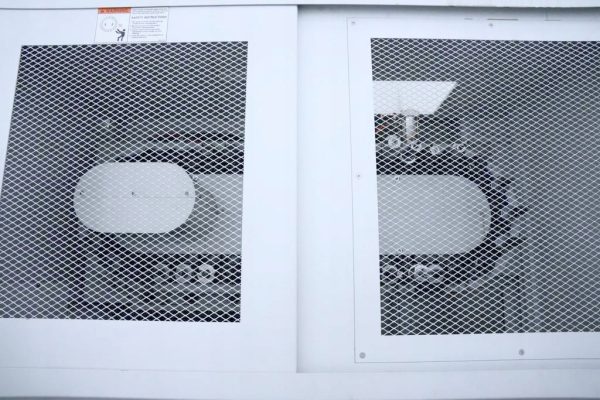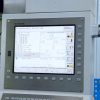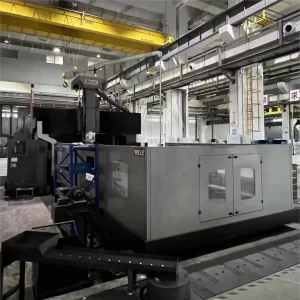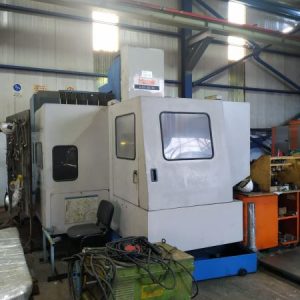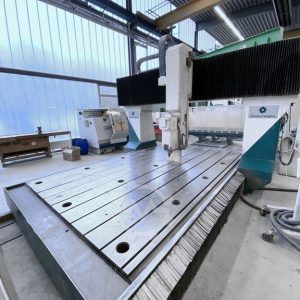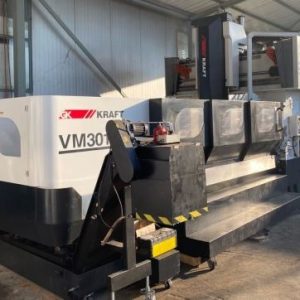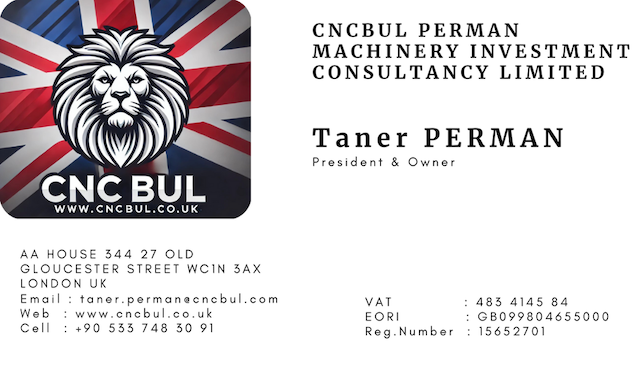Description
POS GmbH POSMILL E 2050 – Year 2014
CNC Double Column Machining Center
| X Axis | 2050 mm |
| Y Axis | 1150 mm |
| Z Axis | 760 mm |
| CNC type | HEIDENHAIN iTNC 530 |
| Max. spindle speed | 8000 rpm |
| Table length | 2200 mm |
| Table width | 1000 mm |
| Max load on table | 3000 kg |
| Spindle taper | HSK 63A |
| Overhauled | no |
| POSMILL E 2050 | |
| Length x width x height | 7000.0 × 4000.0 × 3100.0 |
| Weight | 19000 kg |
CNC milling machine
POSMILL E 2050
The machine comes from Germany, is 100% efficient and in very good condition.
year of manufacture 2014
x 2050mm
y 1150 mm
z 760mm
HEIDENHAIN iTNC 530 control
HSK 63A holder
table dimensions 2,200 x 1,000 mm
table load max. 3,000 kg
speed 8,000 rpm
rapid traverse x/y/z/ 20/20/15 m/min
machine dimensions 7.0 x 4.0 x 3.8 m
weight approx. 19 t
The price of the machine includes professional loading
Manufacturer Catalogue Information about POS GmbH POSMILL E 2050 :
You have to know when it’s over. In contrast to the smaller POS machines, the classic portal is used here as a construction method. The advantage is obvious. With the X-axis size, the size of the Y-axis also increases. It is precisely this effect that a portal masters with perfection. So it does not matter where the Y-axis is located. It is always guided consistently and guarantees consistently good flatness for large parts. In this case, cast steel is used as a homogeneous building material in order to ensure uniform thermal behaviour. Today, one often hears of so-called mineral casting. This should be thermally even better than cast steel. But is it really? In this case, however, it is repeatedly “concealed” that you then have to screw linear guides made of steel onto this mineral casting (synthetic resin + concrete). That is to say, two materials with two different coefficients of expansion meet one another. Tensions arise between the two materials. The expansion advantage is thus eliminated.
Then why is mineral casting still used? The answer is in the price! The production costs are only ¼ as high as in the case of cast steel. Do you get this price advantage from the machine manufacturers, or does the shareholder get this price advantage? POS relies on cast steel for technical reasons in order to be technically optimally positioned.
Compared to normal portal systems, POS uses three oversized linear roller guides in the Y-axis alone. Coupled with the 20 tons of basic weight, this results in disproportionate reserves.





